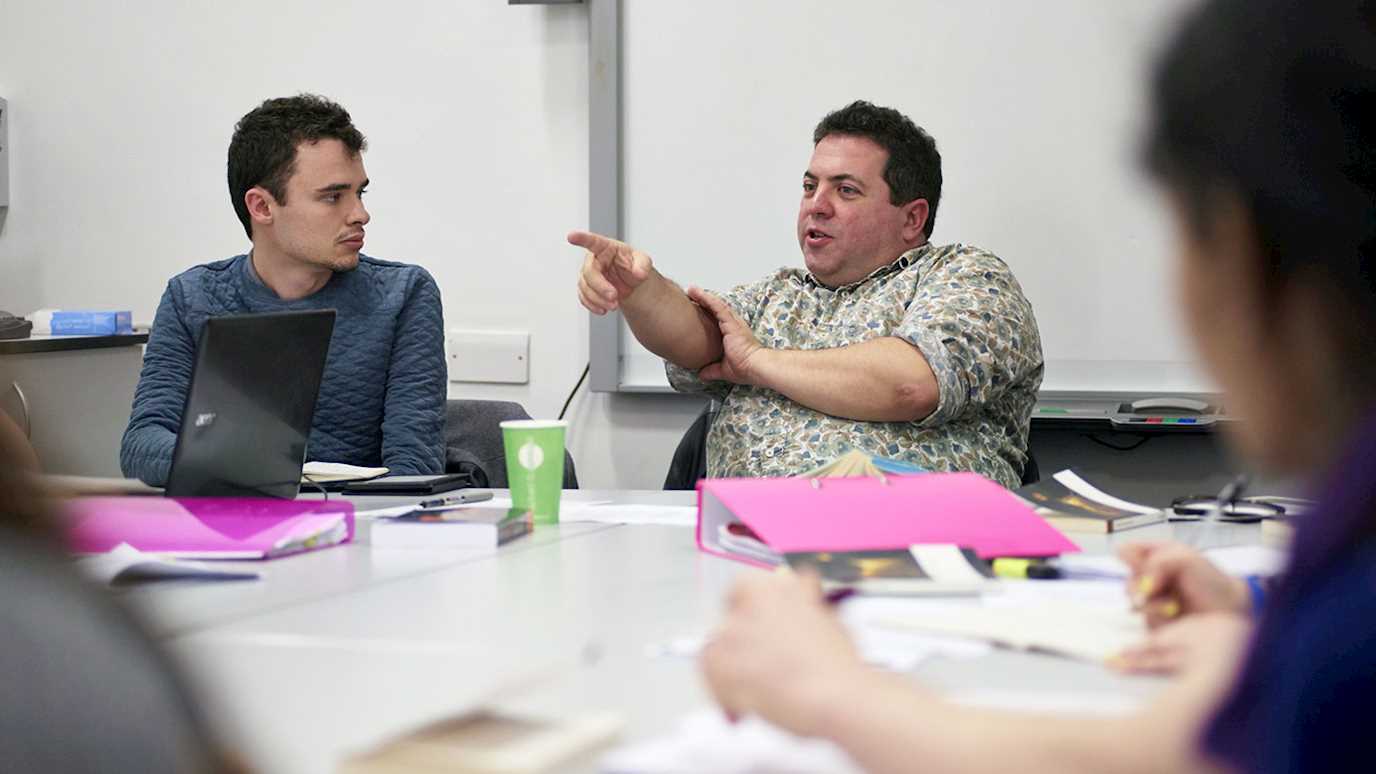Dr Ruth Livesey on The Picture of Dorian Gray.
Royal Holloway’s MA in Victorian Literature, Art & Culture is an internationally-renowned forum in which to expand your knowledge and appreciation of Wilde’s works, his time and milieu. Wilde is studied in the MA’s Aestheticism and Decadence in Nineteenth-Century Literature and Culture module. The Victorian MA can be taken over one or two years.
Key points
- It is useful to analyse the preface of the book having read the work as a whole. The preface is comprised of a number of paradoxes, championing aesthetic value over morality. It was even used in Oscar Wilde’s famous legal trial in order to condemn him.
- The book has all of the trappings of a morality tale: the main character trades his soul for eternal youth
- The Picture of Dorian Gray draws on the gothic trope of a divided or split self
- The stabbing of the painting at the end of the novel, brings body and soul, surface and depth, and art and life back together
- Lord Henry Wotton, in a number of his speeches on the pursuit of enjoyment, is directly quoting Wilde’s non-fiction writing
Quotations
- 'There is no such thing as a moral or an immoral book. Books are well written, or badly written. That is all.'
The Picture of Dorian Gray, Preface - 'No artist has ethical sympathies. An ethical sympathy in an artist is an unpardonable mannerism of style.'
The Picture of Dorian Gray, Preface - 'The moral life of man forms part of the subject-matter of the artist, but the morality of art consists in the perfect use of an imperfect medium'
The Picture of Dorian Gray, Preface - 'When they entered, they found hanging upon the wall a splendid portrait of their master as they had last seen him, in all the wonder of his exquisite youth and beauty. Lying on the floor was a dead man, in evening dress, with a knife in his heart. He was withered, wrinkled, and loathsome of visage.'
The Picture of Dorian Gray, Chapter 20 - 'I believe that if one man were to live out his life fully and completely, were to give form to every feeling, expression to every thought, reality to every dream -- I believe the world would gain such a fresh impulse of joy'
The Picture of Dorian Gray, Chapter 2 - 'All art is at once surface and symbol. Those who go beneath the surface do so at their own peril. Those who read the symbol do so at their peril.'
The Picture of Dorian Gray, Preface
Further reading
- Gagnier, Regenia. Idylls of the Marketplace: Oscar Wilde and the Victorian Public. Aldershot, UK: Scolar Press, 1986.
Enormously influential study that argues that decadence was an “engaged protest” against Victorian middle-class conformity, and that sees decadence as being primarily characterized by a rejection of middle-class life and ideals. The chapter on Dorian Gray, “Dandies and Gentleman,” is particularly relevant. - Sinfield, Alan. The Wilde Century: Effeminacy, Oscar Wilde and the Queer Moment. Cassell Lesbian and Gay Studies. London: Cassell, 1994.
Landmark book which argued that gender categories at the time of Wilde’s trials were still largely in flux, and that effeminacy prior to Wilde’s trials did not necessarily connote homosexuality. A useful theoretical tonic to straightforward homosexual readings of decadent works such as The Picture of Dorian Gray.
Web Links
- The Victorian Web provides a rich array of resources, including a chronology and articles on Wilde’s works
- In Our Time BBC Radio 4 programme onOscar Wilde
- The OUP Writers Inspire project provides a range of resources for teachers and students on Oscar Wilde
- A British Library article on ‘perversion and degeneracy’ in the Picture of Dorian Gray
- University of Missouri website on the trial of Oscar Wilde
- The British Library's Discovering literature page on Oscar Wilde
























